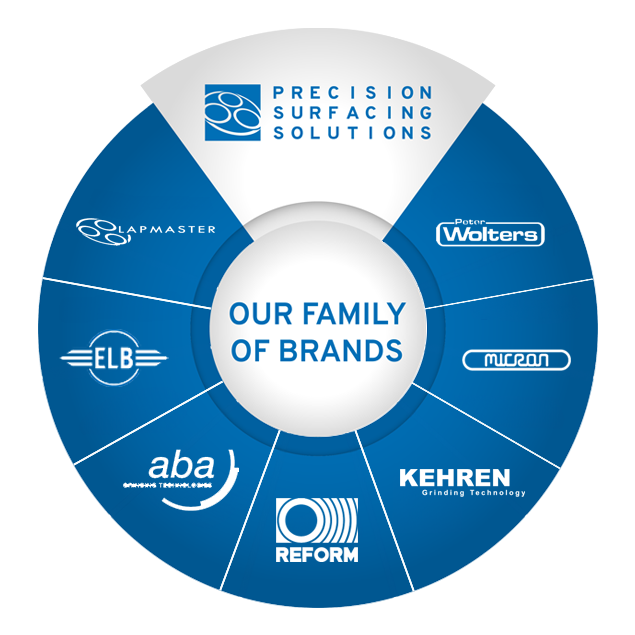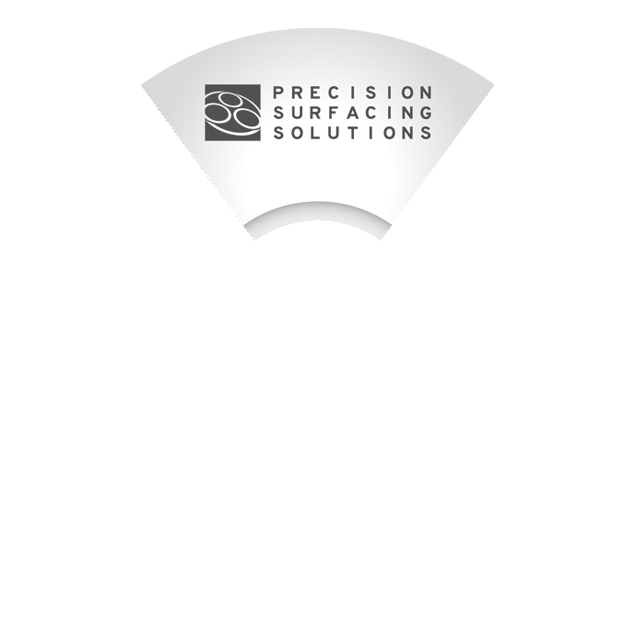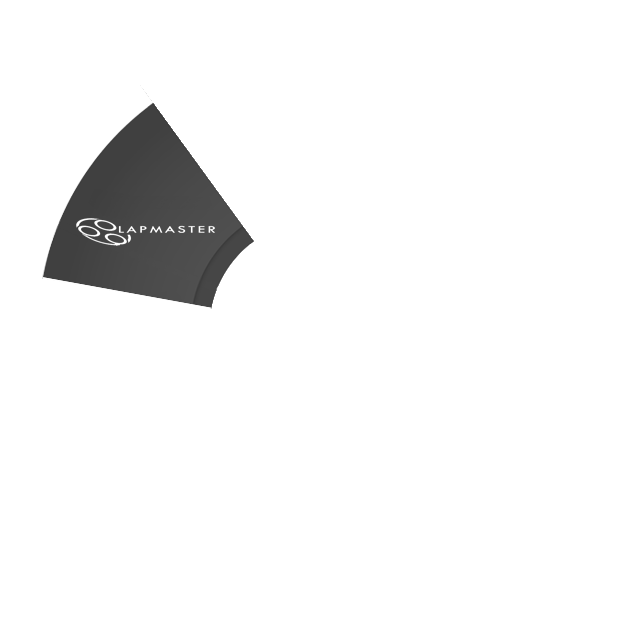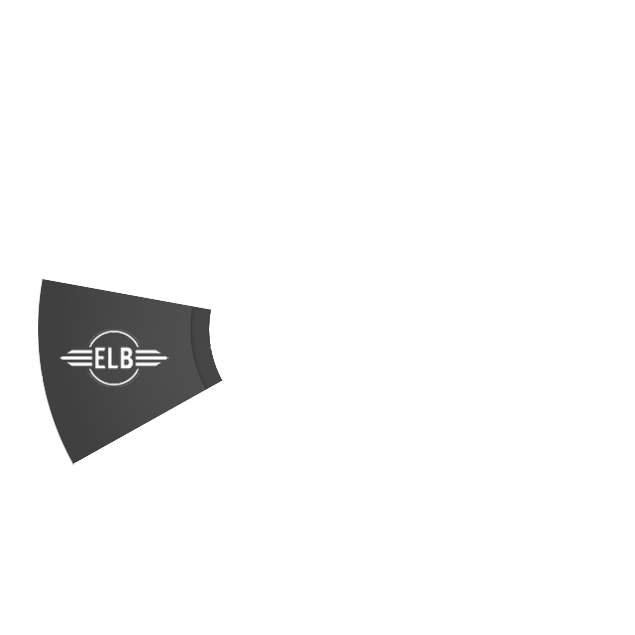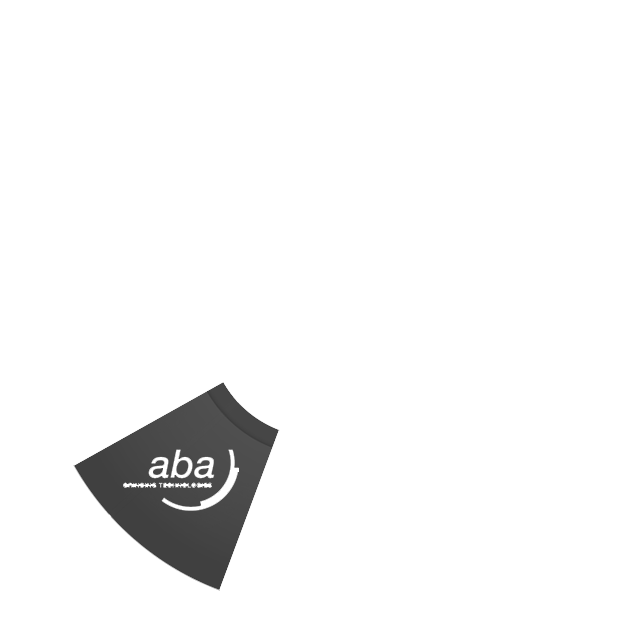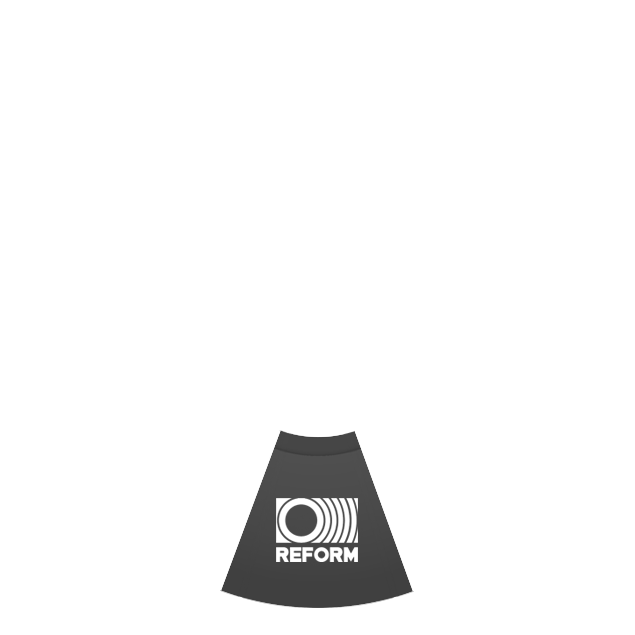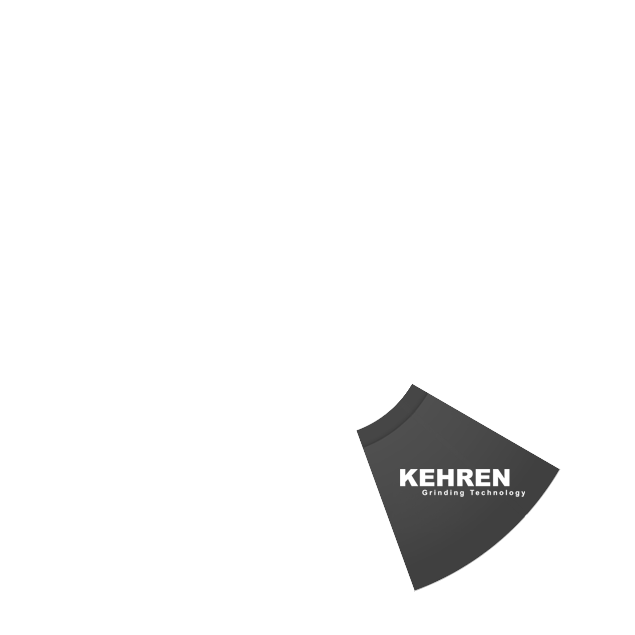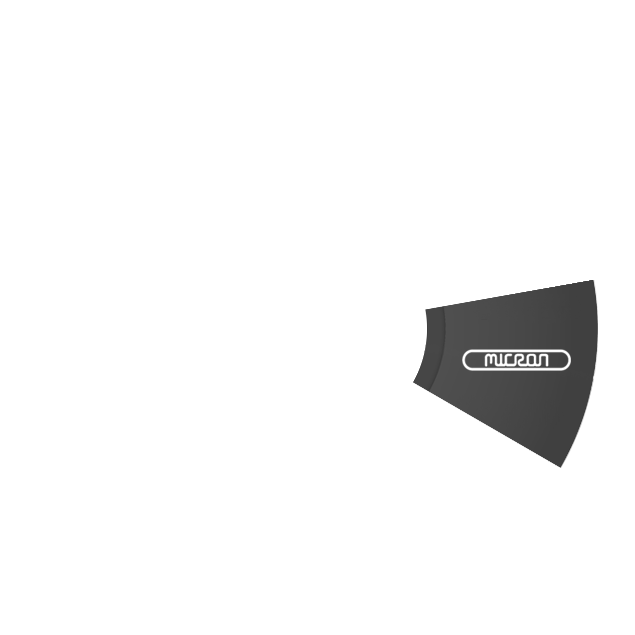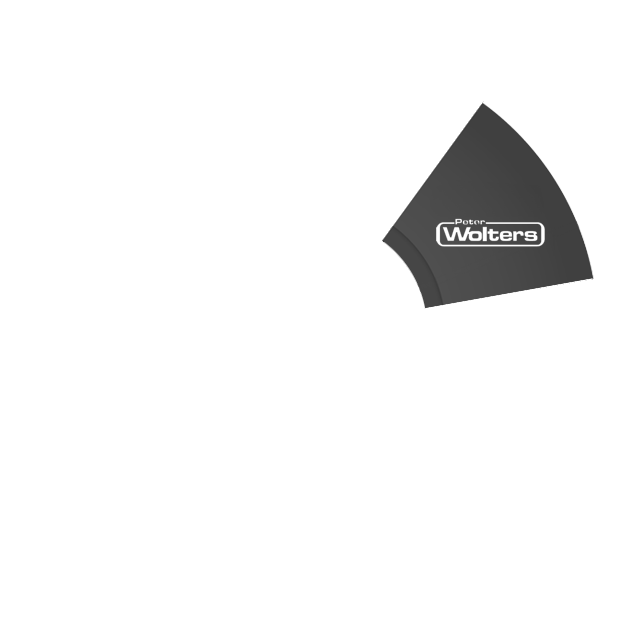Conditioning Rings/Retaining Rings

In addition to our OEM Lapping Plates, Segments & Rings, we also offer an ‘ALL BRANDS’ custom service to satisfy any lapping requirement, all of which are made from the finest Cast Iron or other specialty metals.
What are Conditioning Rings / Retaining Rings and how are they used?
The conditioning rings serve several critical functions. The first is to prevent the components from being thrown off the plate from the action of centrifugal force. The second function is to evenly spread and maintain a thin film layer of slurry that contributes to process consistency by maximizing the transfer of cutting energy. The final function of the conditioning rings are to continuously machine (condition) the surface of the lap plate to eliminate wear caused by the abrasive action of the components and to maintain the flatness of the components by adjusting the concave or convex curvature movement of the lap plate.
Conditioning rings are designed to specific inside and outside diameters based on the linear measurement of the lap plate land area (length from outside diameter to inside diameter) they are used on. The inside diameter of the ring generally matches the lap plate land measurement. This design criteria provides for an even overhang of the conditioning ring wall thickness at the inside and outside diameter of the lap plate (neutral position) and allows the ring to wear the entire land surface preventing a step from being cut into the plate surface.
The conditioning ring weight is crucial to its flatness control function. The ring is designed to a weight that provides a compromise between too rapid of a wear rate (excessive lap plate and conditioning ring expense) and too low of a wear rate that would make lap plate flatness control time consuming and difficult. Remember; the conditioning ring is also in a state of constant wear and its weight is being reduced throughout its useful life.
Conditioning rings are designed with milled serrations (slots) cut through the wall thickness of the ring. These serrations are important because they allow slurry to enter and exit the ring where the components are being machined. Another critical function is the reduction of the surface tension force that accumulates between the contact surface of the ring and the lap plate. Surface tension inhibits the ability of the ring to control lap plate flatness because of a reduced stock removal rate and, in fact, could cause significant curvature movement in the opposite direction of conditioning ring placement because of a reduction in rotation RPM.
The useful life of a serrated conditioning ring is the measurement of the length of the serration. Once again, this is a design factor. When the ring is worn to a height where the serrations are eliminated, the ring doesn’t have enough weight remaining to generate adequate stock removal on the lap plate to control its curvature. The rings must be replaced at this point.
The machine spare parts price pages do list the availability of “solid” conditioning rings. This is simply a ring without serrations and should only be recommended when absolutely necessary. The only normal condition that would necessitate the use of solid rings is when using a batch load technique to process components that have periphery configurations that could interlock in the serrations.
Conditioning Rings / Retaining Rings Material Selection
Conditioning Rings / Retaining Rings are available in
- STANDARD
- SERRATED/SLOTTED
- FULLY GEARED
The general rule of conditioning ring material selection for lapping is to use the same material as the lap plate. Cast iron rings on a cast iron plate. When polishing the choices are not as clear-cut. The critical issue when recommending conditioning rings for polishing techniques is to use a material that will not damage a soft polishing pad or contaminate a hard polishing plate. Listed below are the common conditioning ring materials and what plates they should be used on.
- Cast Iron - This is the conditioning ring material to use on cast iron lap plates.
- Stainless Steel -This material is used on pitch polishing machines. The material is non-corrosive and will not be effected by the water vehicle most commonly used on pitch. This ring may be used on polishing pads when corrosive chemical slurries are utilized.
- Ceramic - Ceramic conditioning rings are used on ceramic plates for lapping and polishing. They are also used on all of the Kemet composite plate materials except cast iron. Some ceramic conditioning rings are one piece solid ceramic. These are very expensive. Most ceramic rings are two pieces with a cast iron or stainless steel slave ring bonded to the top surface of the ceramic.
- Micarta Plastic - Micarta is a trade name for a phenolic, thermo-setting plastic that has layers of paper or linen cloth laminated in it. This lightweight, rigid and relatively hard plastic is used when polishing on soft pads or lead alloy plates. A cast iron slave ring is bonded to the top of the micarta ring to add weight. The weight prevents the ring from being lifted by the high thrust load created in polishing and the components will not slide out from underneath the ring. The micarta-conditioning ring is not used to maintain flatness of the soft pad surface. It merely contains the components on the plate and conditions the nape or texture of the polishing pad. The soft pad flatness is determined by the flatness contour of the polishing plate. The polishing pad protects the metal polishing plate from any stock removal, so it’s flatness never changes.




